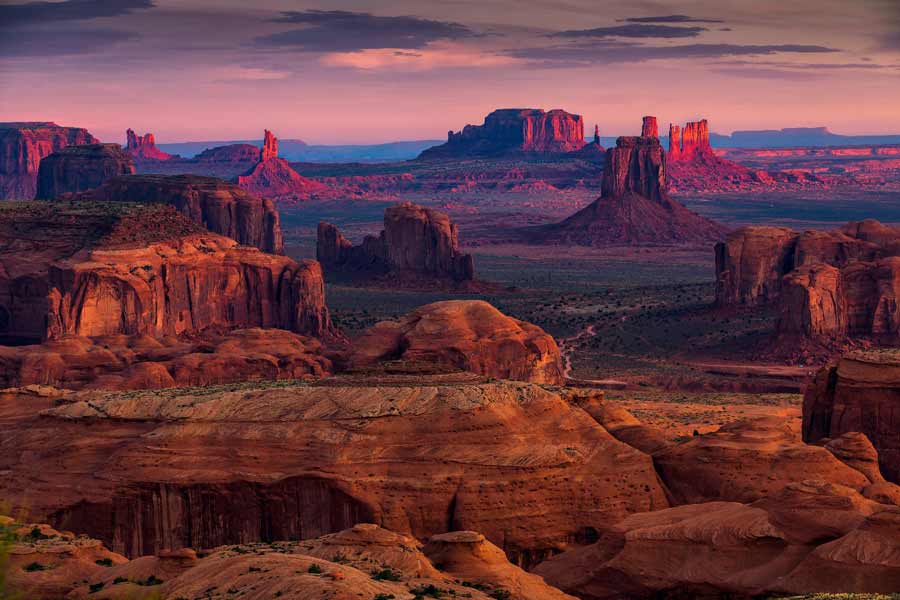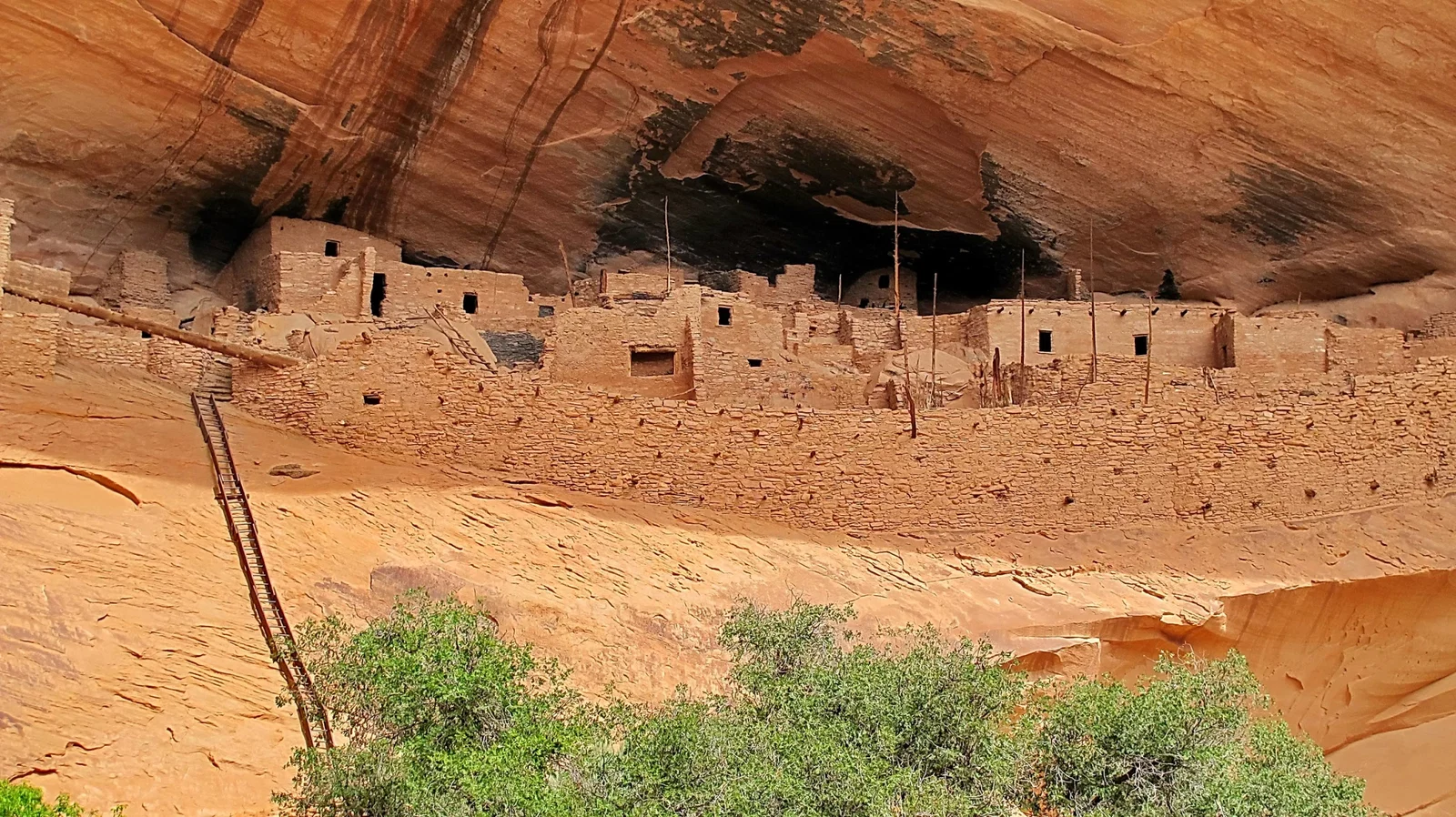
Echoes of the Diné: A Journey Through Navajo Nation’s Historic Sites and Sacred Landscapes
The vast, ochre-hued expanse of the Navajo Nation, or Diné Bikéyah, is more than just a landscape; it is a living chronicle, etched with the stories of the Diné (the People) and their ancestors. From ancient cliff dwellings to sites commemorating modern heroism, each landmark offers a profound glimpse into a culture steeped in resilience, spirituality, and an unbreakable connection to the land. To traverse these historic sites is to walk through layers of time, experiencing the enduring spirit of a sovereign nation.
One of the most breathtaking and historically significant destinations is Canyon de Chelly National Monument. Located near Chinle, Arizona, this national monument, entirely on Navajo tribal land and jointly managed by the National Park Service and the Navajo Nation, is a testament to continuous human habitation for over 5,000 years. Its sheer sandstone walls rise dramatically, sheltering ancient Ancestral Puebloan (Anasazi) cliff dwellings and hogans (traditional Navajo homes) nestled at the canyon floor. The most iconic of these is the White House Ruin, accessible via a strenuous but rewarding trail, where visitors can descend into the canyon to stand among structures built between 1060 and 1275 AD. Above, on the rim, a later Navajo community built their own homes, demonstrating the canyon’s enduring appeal as a sanctuary.
But Canyon de Chelly is more than just a collection of ruins; it is a sacred place for the Navajo. Within its depths stands Spider Rock (Tségháhoodzání), a towering sandstone spire reaching over 800 feet into the sky. According to Navajo belief, this is the home of Naʼashjéʼíí Asdzáá (Spider Woman), a revered deity who taught the Diné the art of weaving and warned them of dangers. Her presence imbues the canyon with a spiritual gravity that resonates with both the Diné and visitors alike. Navajo guides, required for any foray onto the canyon floor, share not only historical facts but also the rich oral traditions and cultural significance of every rock formation and ancient dwelling, making the experience deeply personal and immersive. The canyon also bears witness to darker chapters, including the forced removal of the Navajo during the "Long Walk" (Hwéeldi) in 1864, a period of immense suffering that underscores the Diné’s incredible fortitude.
Further north, in the remote reaches of northeastern Arizona, lies Navajo National Monument, a sanctuary preserving three of the best-preserved Ancestral Puebloan cliff dwellings in North America: Betatakin, Keet Seel, and Inscription House. These sites, constructed within massive natural alcoves, are masterpieces of ancient architecture, dating primarily from the late 13th century. Betatakin, meaning "ledge house" in Navajo, is the most accessible, offering ranger-guided tours that descend into the canyon to witness the intricate stonework and remnants of a bustling community. Keet Seel, the largest and most remote, requires a permit and a strenuous 17-mile round-trip hike or horseback ride, rewarding the determined traveler with an unparalleled sense of discovery and solitude. These dwellings represent a sophisticated civilization that thrived for centuries before mysteriously departing, leaving behind an archaeological legacy that continues to fascinate and inform. For the Navajo, these sites are not merely historical relics but ancestral places, reminders of the deep history of human presence on their traditional lands.
Perhaps the most visually iconic and widely recognized symbol of the Navajo Nation is Monument Valley Navajo Tribal Park. Straddling the Arizona-Utah border, its towering sandstone mesas and buttes, sculpted by eons of wind and water, have graced countless films, photographs, and postcards. Yet, beyond its cinematic fame, Monument Valley, or Tsé Biiʼ Ndzisgaii ("valley of the rocks"), holds profound cultural and spiritual significance for the Diné. It is a place of peace, a landscape that embodies the Navajo connection to Mother Earth and Father Sky. Visitors can drive the 17-mile scenic loop, or, for a more authentic experience, hire a Navajo guide to explore restricted areas, learn about the local flora and fauna, and hear traditional stories that bring the landscape to life. The view from John Ford’s Point, named after the director who popularized the area, offers an expansive panorama that captures the timeless grandeur of this sacred land.

The administrative heart of the Navajo Nation is Window Rock (Tségháhoodzání), named for a magnificent natural arch formation that frames the sky. This capital city, located near the Arizona-New Mexico border, is home to the Navajo Nation Council Chambers, the tribal courts, and various governmental offices. More importantly, it hosts the Navajo Code Talkers Museum and Memorial. This site pays tribute to the extraordinary heroism of the Navajo Marines who used their complex, unwritten native language to create an unbreakable code during World War II. Their service was pivotal in the Pacific theater, saving countless lives and contributing significantly to Allied victory. The memorial, with its striking bronze statue and an eternal flame, stands as a powerful reminder of the Diné’s patriotism and their unique contribution to American history, a legacy celebrated annually on August 14th, Navajo Code Talkers Day.
Rising majestically from the high desert plains of northwestern New Mexico, Shiprock Peak (Tsé Bitʼaʼí) is another profoundly sacred landmark for the Navajo. Its name, "Rock with Wings," alludes to a great bird that brought the Diné people to this land, according to legend. This volcanic neck, standing over 1,500 feet tall, is an isolated, dramatic sentinel that dominates the horizon for miles. While climbing the peak is strictly forbidden due to its sacred status, its presence is deeply felt. It is a place of power, a guidepost, and a constant reminder of the spiritual narratives woven into the very fabric of the Diné landscape. The surrounding Shiprock community is one of the largest on the reservation, reflecting the peak’s importance as both a cultural anchor and a geographical identifier.
A journey through Navajo history would be incomplete without a visit to Hubbell Trading Post National Historic Site near Ganado, Arizona. Established in 1878 by John Lorenzo Hubbell, this is the oldest continuously operating trading post on the Navajo Nation. Hubbell Trading Post was more than just a store; it was a cultural nexus, a place where Navajo weavers, silversmiths, and other artisans traded their goods for staples, tools, and supplies. It played a crucial role in the economic and cultural exchange between the Navajo and the outside world, helping to establish the reputation of Navajo crafts, particularly rugs, which became renowned for their quality and intricate designs. Today, the trading post continues its original function, offering authentic Navajo rugs, jewelry, and other crafts, providing visitors with a tangible connection to this vital aspect of Navajo economic and artistic heritage. The site also preserves the Hubbell family home, giving a glimpse into the lives of those who navigated the complex dynamics of intercultural trade.
These historic sites and landmarks collectively paint a vivid picture of the Navajo Nation’s enduring legacy. They speak of ancient civilizations, spiritual connections, periods of immense hardship, and triumphs of resilience. They are places where the past is not merely remembered but actively lived, where traditional stories still echo in the wind and the land itself is a repository of wisdom. For those who seek a deeper understanding of American history and the vibrant tapestry of its indigenous cultures, the Navajo Nation offers an unparalleled journey into the heart of a people defined by their land, their traditions, and their unwavering spirit. Each visit is an opportunity not just to observe, but to connect, learn, and be inspired by the powerful story of the Diné.



